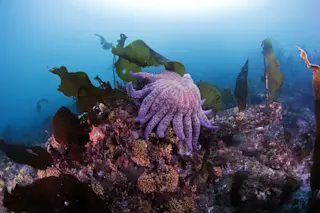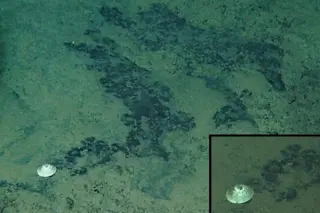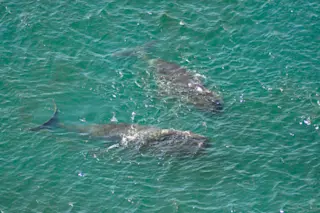Katherine Hubbard was off the Gulf Coast of Florida near Sarasota when dead and dying fish began to rise to the surface of the sea around the boat. She was collecting samples to analyze for an infamous type of algae scientists known as Karenia brevis in the winter of 2014-2015. For most of the morning the sea had been calm, but around noon dozens of the moribund fish — some as large as 14 inches — began to pop up as far as they could see.
Most of the general public refers to K. brevis as red tide, the algae known for ruining beach vacations with skin irritation, burning eyes and even more severe problems. Occasionally, red tide can indirectly cause neurotoxic poisoning when it gets into shellfish humans later consume. For marine life, it can mean droves of dead and rotting fish washing up on shore for miles.
But ...















